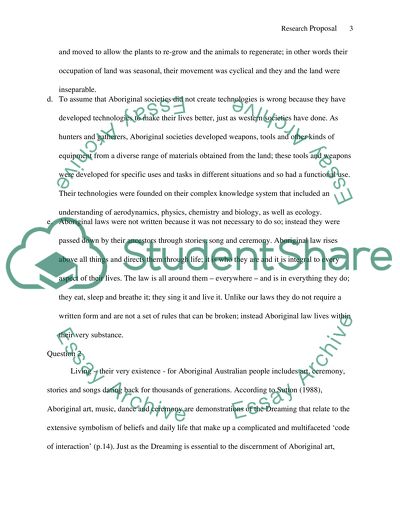Cite this document
(“Aboriginal culture Essay Example | Topics and Well Written Essays - 1250 words”, n.d.)
Retrieved from https://studentshare.org/history/1423914-aboriginal-culture
Retrieved from https://studentshare.org/history/1423914-aboriginal-culture
(Aboriginal Culture Essay Example | Topics and Well Written Essays - 1250 Words)
https://studentshare.org/history/1423914-aboriginal-culture.
https://studentshare.org/history/1423914-aboriginal-culture.
“Aboriginal Culture Essay Example | Topics and Well Written Essays - 1250 Words”, n.d. https://studentshare.org/history/1423914-aboriginal-culture.


